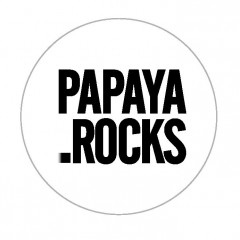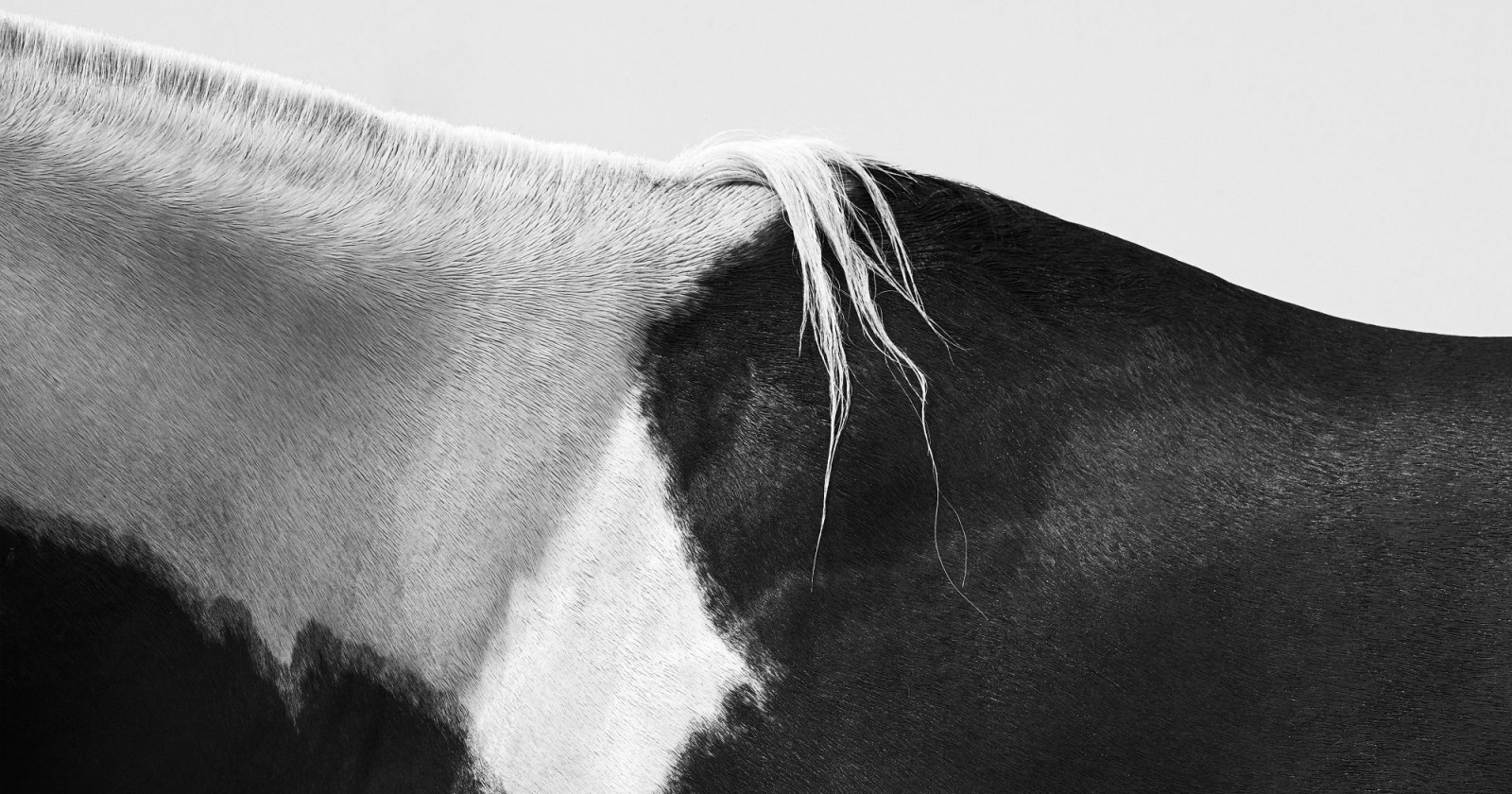
"Tempo": We All Remember a Summer Like That29.10.2018
Adolescent friendships and an unforgettable summer. Twenty-four photographs and 307 seconds of memories. Here’s a first look at a short film and a collection of photographs, shot and directed by Daniel Jaroszek.
Before release, we spoke about the film with the people behind it—Daniel Jaroszek, Ola Pudło, Maciek Ryter, Kas Kryst, Duit, and one of the film’s leads, Marianna Olbrych.
It’s the middle of the summer, so the sun’s already pretty high up despite the early hour. Standing by a pond, a film crew is looking at two girls having a swim. Barely twenty minutes ago they were strangers, but on camera they look like best friends. Someone’s giving them pointer from off screen: “This is good!”, “Tilt your head back a little!”, “That’s perfect, stay like this!”
“We hit it off real quick, so the whole scene was natural. We didn’t have a detailed shot list, so we waded in the pond a little, splashed around, and the camera followed us,” says Marianna Olbrych, one of the film’s two main characters.
The rest of the crew were happy with the sequence, too—so much so that some of them still claim that it’s the most beautiful scene in the whole film.
“We were stressed out, because it’s a pivotal scene and the girls never even saw each other before. There had to be chemistry between them almost immediately or the whole thing would flop. But they pulled it off and to such an extent that the scene practically shot itself. Barely a couple of seconds in we knew that we had it made,” adds Daniel Jaroszek, the film’s director.
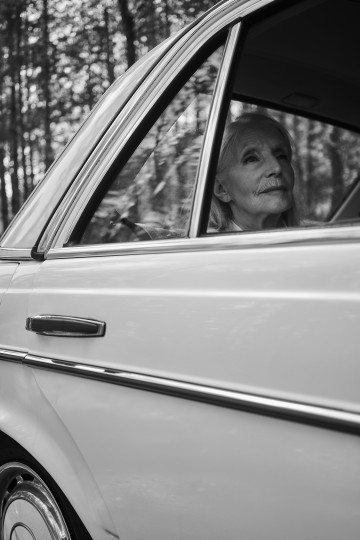
Nobody’s Faking
The first outline of the project was drawn up last December, but at that stage it didn’t involve a filmed version—it was conceived as a series of photographs, bringing up childhood memories of summers past. Later, however, Tempo evolved and grew to incorporate a short film based around the project’s central premise. The authors kept searching for a way to flesh out and communicate such a story properly and ultimately settled on shooting a film to complement the pictures.
The film stars Marianna Olbrych, a polo player living in Buksza, where most of the film was shot, and Eliza Rycembel, an actress known for her performances in Nina and Belfer, with upcoming turns in new films from Janek Komasa and Borys Lankosz. The film also features theater and film actress Helena Norowicz, long-time performer at the Studio Theater, who starred in Krzysztof Kieślowski’s The Decalogue and more recently in Ryszard Bugajski’s Zaćma.
Helena and Eliza were the only cast members with any acting experience.
“In my opinion this is what makes the film feel authentic, genuine. Because nobody’s faking anything,” says Daniel, while Maciek Ryter, director of photography, adds: “This genuineness allowed us to capture the emotional undertones. When Marianna’s riding a horse in the film, you can clearly see that she’s a pro at this. The sincerity also shines through in the scene where two equestrians train and have fun.”
“Or when David’s riding his motorbike shirtless, wearing white pants, his natural look,” Daniel adds with a laugh.
Oh yeah—the film also stars David Lagomarsino, an Argentinian professional polo player who spends his summer playing on the Buksza team and training horses in the local riding club.
“Without hoping for too much, we showed David a couple of reference photos for scenes we dreamed up. In the pictures, acrobats performed complicated tricks on horseback. So we asked, ‘Think you can do that?’ and he kept saying yes. Pressing on, we asked whether he can do a handstand on horseback and he said ‘Sure’ without a moment’s hesitation. He did all we asked without breaking a sweat, plus he fit his role perfectly,” says Ola Pudło, the producer behind Tempo.
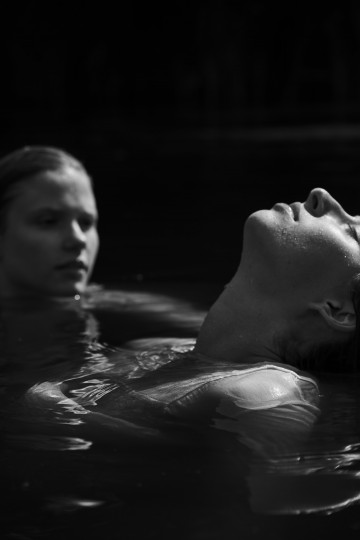
Let’s Hope for Some Sun
Early on in the project, the creatives behind it decided to go with simplicity and classic, textbook shots. The idea to shoot the film in black and white was also conceived early on in the project.
“It’s tough to create appealing, alluring visuals on location in the summertime, when everything’s exploding with green. Besides, that story is much striking, noble, in blacks and whites. The fact what we shot it in monochrome also affected all the other aspects of production,” Maciek says.
The crew also took quite the risk by assuming that the summer days will be mostly sunny. The screenplay called for shots bathed in warm sunlight, and the crew didn’t plan on using artificial sources or reflectors to light the set; instead, they put their trust entirely in natural weather conditions.
“We couldn’t simulate full sunlight even if we wanted to. Shooting on location like that is a hardcore undertaking even on fully commercial projects, and this was an art film with limited funding,” Maciek added.
Tempo also placed heavy emphasis on the music accompanying the visuals. Given that the film has no dialogue and no voiceover, the music had to carry most of the sound design. The track, commissioned especially for Tempo, was composed by Piotr Krygier, also known as Duit.
“Once in a while I get a job that reminds me why I even took up making music. This project took me over completely, I wanted every beat to be perfect. No single note or bar could feel out of place, I sensed almost immediately whether the passages fit the visual or not. There were times where I just sat there for ninety minutes and kept rephrasing a two-second-long drum beat to make it perfect,” says Piotr.
Kas Kryst, Tempo’s costume designer, spoke of a similar attention to detail. The wardrobe used in the film was supposed to look and feel timeless and universal.
“It wasn’t easy. I scavenged what I could from closets of my grandmothers, friends, I looked in second-hand boutiques, even posted a couple of outfit calls on Instagram,” says Kasia. The greatest challenge, however, was designing the costumes for the equestrians. Kas first did extensive research online, then drew up some designs, and finally put them together from scratch.
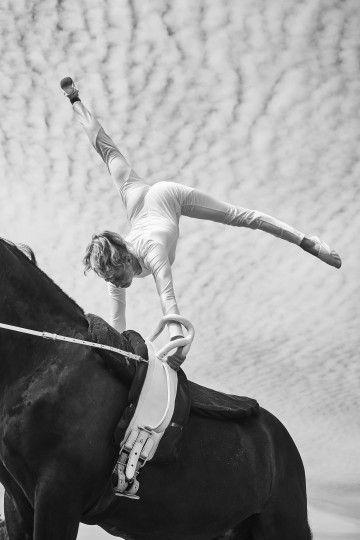
Will the Horse Wade Into Water
Even after the screenplay, the cast, the wardrobe, and the music were all locked down, one major element of the production still remained highly unpredictable. Most things that people dealing with horses are wholly used to were completely new to the film crew. Some initial assumptions went out the window the moment that live animals stepped on set.
“Everything is possible on paper, but aside from Ola, who’s a trained rider, none of us had any experience with horses. We wrote ourselves a story with horses—clip-clopping around, jumping here and there, wading into the water. It turned out, however, that the horses would call the shots, and we would have to do their bidding rather than the other way around,” recalls Daniel. One of the trickier scenes involved the two main characters swimming around with the horse—nobody could be sure whether the horse would actually wade into the water.
“The first time we dropped by the riding club in Buksza, where we shot the majority of our footage, we sat down with its owners and discussed what we wanted to do. One major question looming over us was whether the horses would even wade into deeper water. We didn’t know what to expect, so Marianna and Eliza’s surprise at the sight of the animal walking it is absolutely genuine,” Ola recalls.
“Luckily, nobody expected complete success, so the whole crew was in a rather relaxed mood. And when Panda finally waded in, we felt like we’ve just experienced something magical,” adds Marianna.
The film also featured a stallion, on whose back the equestrians performed complex acrobatics. We shot it on a soundstage with a crew stripped down to only strictly necessary personnel, because it was impossible to predict how the powerful animals would react to seeing a larger crowd.
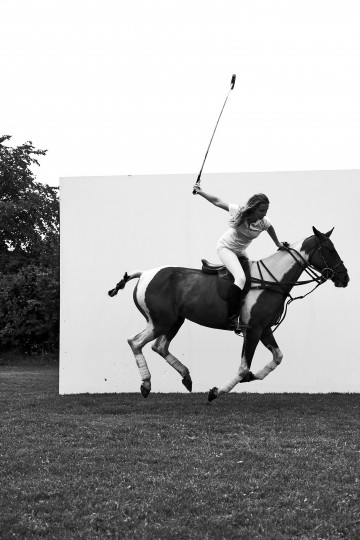
Shooting Scents
“Tempo smells of summer,” Daniel says when asked about what the film means for him. “Regardless of whether seen in the middle of winter or in July, we wanted the flick to stimulate all of the senses, not just vision and hearing. Although you can’t exactly smell a moving picture, you still can feel the scent of what you’re looking at in your brain,” he adds.
“The one word I’ll always associate with the film is ‘gratitude,’” Ola says. “I don’t think I’ve said ‘thank you’ so many times before, ever. The majority of our crew worked on the project either pro bono or for a small token payment. We’ve received a lot of support—from equipment rental companies, people who offered us access to locations, and post-production specialists. Each of us had to step out of their traditional roles and step up, doing whatever the production ultimately needed,” added the producer.
“We wanted to make a movie about a universal feeling which we all experience individually. The memory of summers past, of those first powerfully emotional moments that we all like to go back to in our heads,” Maciek says. After all, each and every one of us has memories like that, memories that stay with us for life. The question is, however, whether it makes sense to check whether the reality is just as alluring as the memory.
“On set, Mrs. Norowicz told us about the most beautiful vacations she spent in the countryside, still before the war. She later added that when she came back there as an adult, she sadly had to accept that the place no longer had the same charm it did when she was a still a child. In the end, she thinks that verifying these memories against reality simply isn’t worth it,” Daniel recalls.
If so, maybe we should rather relive these memories through film.
Written and directed by Daniel Jaroszek
Cinematography by Maciek Ryter
Produced by Ola Pudło
Executive Producers: Kacper Sawicki, Paweł Bondarowicz, Daniel Jaroszek
Edited by Maciek Kozłowski
Original score by Piotr Krygier Duit
Starring: Eliza Rycembel, Marianna Olbrych, Helena Norowicz, Michelle Kung, Zuzanna Bogdańska, Roksana Naumiuk, Marcelina Mazińska, David A. Lagomarisno
Costume Design: Kas Kryst
Make-up Artist: Iza Kućmierowska, Gosia Sulima
Set Designer: Piotr Uszyński
Focus Puller: Karol Piechocki
Camera Assistant: Kuba Żukowski, Kijana
Steadicam Operator: Adam Mendry
Steadicam Assistant: Marcin Przywara
Polaris camera and drone: Filip Jurzyk, Robert Romaniuk / Servimedia
Grip: Sebastian Frąc
Sound Recordist: Marcin Kucharski
Video Post Production: Xantus Studio
Post Producers: Magda Garska
Post Supervisor: Alicja Kozińska
Colorist: Dominik Deras
On-line: Nikodem Janicki
Sound Design: Błażej Kafarski / Głośno
Vocals: Arek Glensk, Joan
Guitars: Kacper Budziszewski
Mix & Master: Arek Glensk
Photo Retouch: Magda Baran
Art Director and Graphic Design: Michael Tatarczuk, Morgan Lechat / Saisons
Photo Exhibition Supervisor: Tymon Nogalski
Printed Media Production: Manu PrintShop
Making of: Bartosz Mienik
BTS Photographers: Kuba Kamiński, Kuba Bors
Photographer’s Assistants: Bartek Suchoń, Czarek Kazimierowski
Motorcycles: Sylwester Mateusiak, Michał Sztand
Stage Hand: Stagehand Collective
Medical Support: For Mar Med
Camera Equipment: Panavision Polska
Photo Equipment: Daylight Studio
see also
- Arthur I. Miller | The Artist in the Machine
Trends
Arthur I. Miller | The Artist in the Machine
- Female workers of the world, unite. Battle for equality in the age of subtle sexism
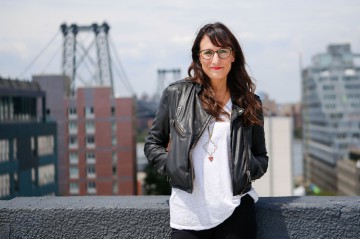
People
Female workers of the world, unite. Battle for equality in the age of subtle sexism
- SCOBY: growing packaging
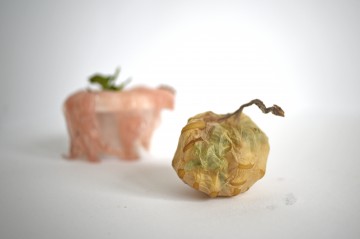
News
SCOBY: growing packaging
- It was a record-breaking year for cinemas around the world
News
It was a record-breaking year for cinemas around the world
discover playlists
-
Tim Burton
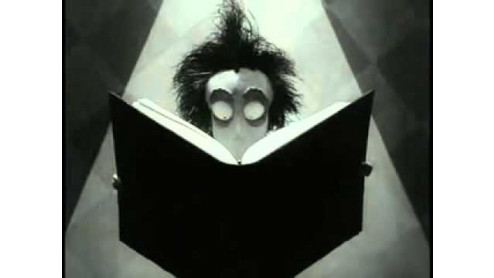 03
03Tim Burton
-
Papaya Young Directors 7 #MASTERTALKS
 18
18Papaya Young Directors 7 #MASTERTALKS
-
Papaya Young Directors 5 Awarded films
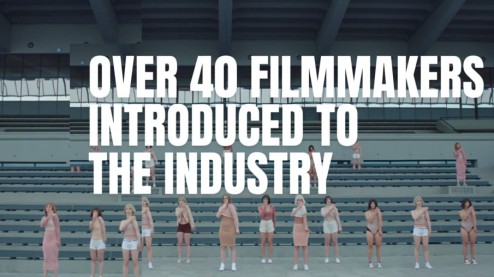 09
09Papaya Young Directors 5 Awarded films
-
Nowe utwory z pierwszej 10 Billboard Hot 100 (II kwartał 2019 r.)
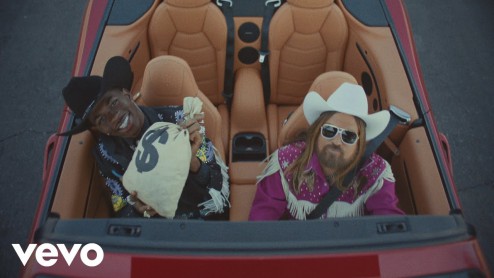 15
15Nowe utwory z pierwszej 10 Billboard Hot 100 (II kwartał 2019 r.)
